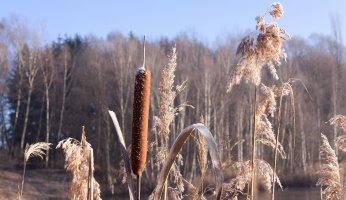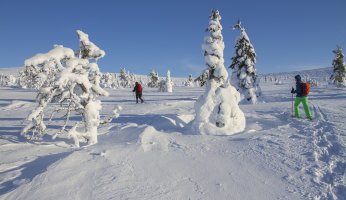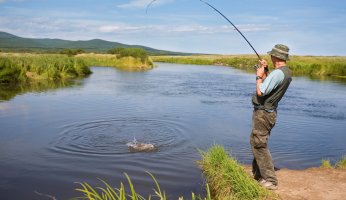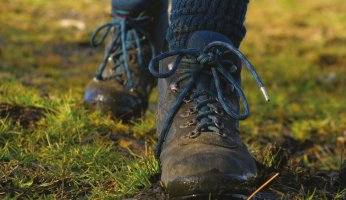Wild Food Profile: Broadleaf Plantain
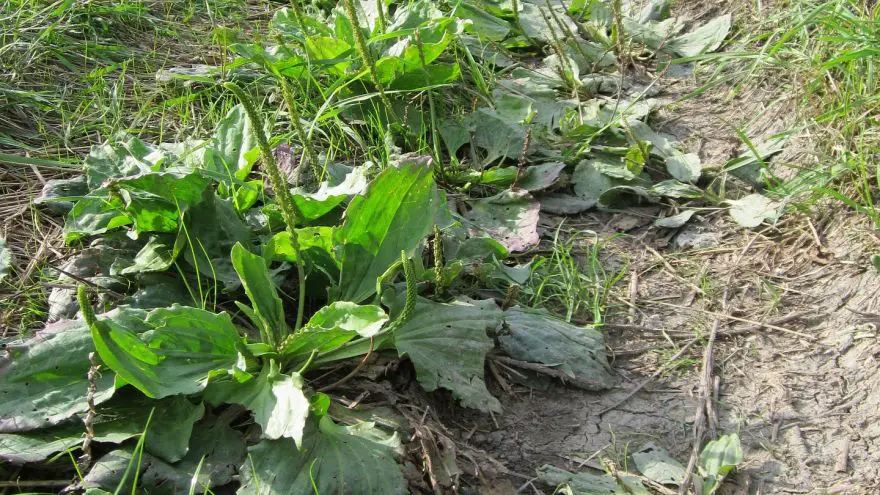 Wild Food Profile: Broadleaf Plantain
gearweare.net
Wild Food Profile: Broadleaf Plantain
gearweare.net
Because of its ubiquitous nature, the broadleaf plantain has grown to be one of the most used medicinal and edible plants on the planet. Next to perhaps the dandelion, the broadleaf plantain is the most common weed we encounter in our daily lives. But, don’t dismiss the small plant as a weed without knowing its many qualities because the broadleaf plantain offers many uses. The plant is easily identified and all parts of the plant are usable. Having been recognized for thousands of years as a medicinal and edible plant, Shakespeare even made reference to it in Romeo and Juliet in Romeo’s line, “Your plantain-leaf is excellent for that” (healing). The broadleaf plantain (Plantago major) should not be confused with the plantain from the banana family (Musa paradisiaca), which is not related and has little in common.
Table of Contents
Botanical Profile
The broadleaf plantain (Plantago major) grows low to the ground throughout North America, Asia, and Europe. It is common in fields, yards, and roadsides, as well as along well-used trails. The plant’s height is only around 4”, but the broad leaves can extend out up to nearly a foot at maturity. Leaf shape is oblong with a pointed tip. Distinctive veins section each leaf into five or seven long segments, resembling a dark and hearty lettuce leaf. Spikes jut out from the base of the plant and present a long tube covered in many separate flowers. These flowers are very tiny and look like a small beginning of a bloom clustered on a stem. Each flower tucks away a package of seeds behind it.
Distribution
Plantains are native to northern and central Asia, as well as most of Europe. Over time, the plant has spread to most of North America and many other areas. It can be found in many types of grassy areas where the seeds can propagate, such as pastures, ditches, and low-land forests. Like other weeds, it succeeds in areas that have been trampled by human feet. You may even see them coming up through the cracks in the sidewalk.
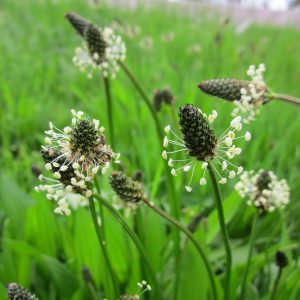 Uses
Uses
The entire plant can be eaten raw. Leaves are best eaten early in the season when they are young and tender. With additional maturity, they become tough and stringy. At this point, they are better cooked and are often used in soups and stews. The flowers are also edible; however, the seeds offer a bitter flavor. With patience, the seeds can be gathered and ground into a flour-like substance and used in baking. The strong veins in mature leaves can be used as cording or fishing line in survival situations. Poultices from ground leaves can be applied to wounds, burns, and stings. The plant parts can also be used in the form of a tea to treat diarrhea, replenish nutrients, and soothe sore throats. The tea can also be used in place of broth in the preparation of rice and other dishes. It is believed that the broadleaf plantain can fight blood poisoning and remove toxins from the system. It can also be used to treat dental pain by chewing on the leaves. As a bonus, it is a vitamin-packed plant containing vitamin A, iron, and calcium, as well as other minerals.
Seasonality
Broadleaf plantains pop above the ground with the new life of early spring. Although they occasionally act as an annual, most plantains return as a perennial plant. As the leaves broaden and expand, the flower stems begin to eject from the base of the plant. As the season progresses, the flowers show their tiny blooms, which it maintains late into the fall. When the cold weather hits, the plant wilts and dies off for the winter.
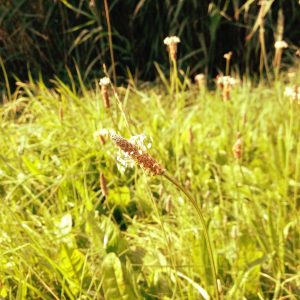 How to Harvest
How to Harvest
Harvesting the broadleaf plantain is as easy as plucking a flower, pulling off a leaf, or cutting the entire plant to the ground. When harvesting any part of the plant, be aware of whether it may have been exposed to animal urine, environmental pollutants, etc. Note that the leaves become less tender as they mature. To eat as a tender leafy green, harvest early in the spring or following regrowth after mowing down the plant.
Sustainability
The plantain can be prolific, especially if they are unwelcome in your lawn. The seeds are so small that they are difficult to propagate by hand, but they do very well self-sustaining with up to 20,000 seeds per plant to spread in the surrounding area via wind. They grow best in soil that has been disturbed such as roads, ditches, fields, gardens, and lawns. They tolerate heat well and require little water.

Conclusion
The broadleaf plantain is a versatile plant that is often overlooked for its many beneficial features. Recognized for hundreds of years as an edible plant, survival supply, and medicine, the broadleaf plantain is a multi-purpose backyard plant. Commonly labeled a weed, it has proven itself to be an important resource on many levels. Once labeled, “The white man’s footprint” because it seemed to follow European settlers across the ocean and across the land, in modern times it can take its place as a weed and in the words of Ralph Waldo Emerson, “What is a weed? A plant whose virtues have not yet been discovered.” Thank goodness for us, those of the broadleaf plantain have!





